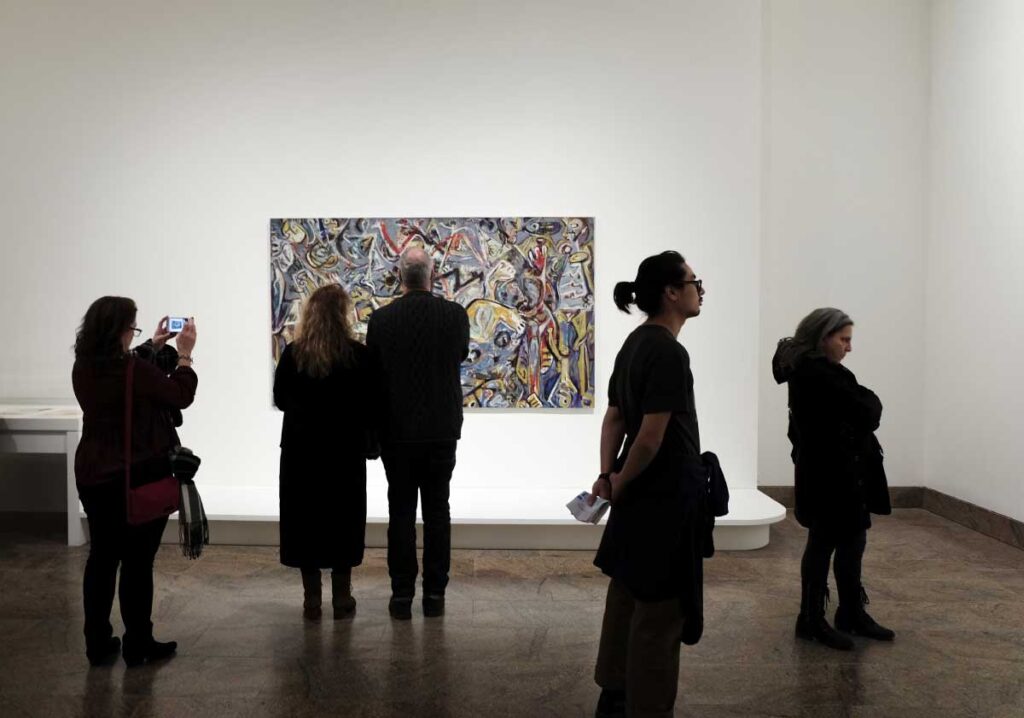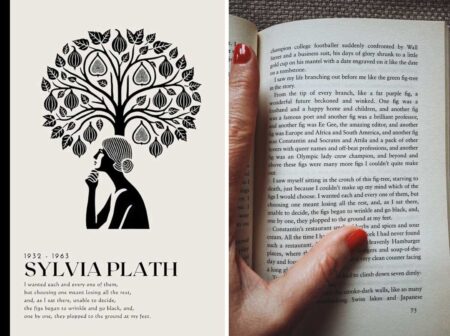The arts have been frequently perceived as being of reduced importance for humanity and the progress of society, and this erroneous view has resulted in an unfair treatment of the sector and those operating within it. There is often less funding, and the work and effort of the people involved in artistic endeavors are frequently dismissed as trivial or as something that anyone could do. But as the days of the pandemic showed, the importance of artists for humanity shouldn’t be underestimated. During the long days of the lockdown, many people turned to their favorite movies or music in order to alleviate stress or loneliness.
The arts are an integral part of cultural identity and play a massive role in the development of the emotional lives of people from all over the world who connect to the art they enjoy. They are also crucial for the development of children’s minds, as well as the creation of mutual understanding between people that can foster empathy, healthier relationships, and stronger interpersonal bonds. But despite its timeless qualities, art is also changing and moving forward alongside the rest of the world. Here are some of the trends that will change its landscape this year.

Artificial intelligence
The use of artificial intelligence in the art world has been controversial, to say the least. As technology advances, it has become increasingly challenging to keep it away from the arts sector, to the displeasure of many artists. The primary concerns are regarding the importance of creativity, uniqueness, and original thought. Since the software is taught about art using the works of actual human artists, it can replicate artworks or create new ones in a matter of minutes with the help of a few simple prompts. The fact that some people have entered art competitions using AI-made works and even won the contests has also been condemned.
This raises further implications for artists, such as the possibility of artists becoming obsolete or losing their earnings as people create artwork for a much lower sum or even entirely for free using an algorithm. The fact that the arts haven’t been prioritized across educational systems typically means that many people are unaware of the importance of a genuine piece. Many artists have started to fight back through the phenomenon known as data poisoning, during which they interfere with and sabotage AI systems in order to manipulate the models they create.
Interest
In spite of these worrying trends, there are still things to be happy about in the art world. People are looking for artworks to bring into their homes at an ever-growing rate, including paintings, sculptures, and online fine art prints for sale, such as woodcut prints and lithographs. These art forms have been around for centuries and remain just as popular among art lovers today. Some studies even show that younger generations are more likely to appreciate art and look to it for personal inspiration.
Overall employment for artisans and fine artists is projected to continue growing by 4% until 2032, similar to all other occupations. This means that the sector is no longer seen as unprofitable or just a hobby but rather as a legitimate profession.
Hypersentimentalizm
This artistic tendency has been around for a while and appears to be in no hurry to take its leave. As the name suggests, this is an art form that focuses on intimate scenes and places significant emphasis on the emotional element of the scenes. More often than not, the scenes depicted are autobiographical, concerning the artist’s own community or social circle. Hypersentimentalism has been described as a push against the world of social media and the perceived loss of real human connection.
Although people frequently post on these online platforms, many have come to associate the pictures with highly stylized renditions of everyday life, as well as heavy editing and a fundamental dishonesty through the single-minded focus on moments that present users in a favorable light. This artistic movement sheds light on a less curated aspect of the same idea, hence why it has begun to be regarded as a counterpoint. It is seen as a more authentic and honest approach to the same content.
Sustainability
The importance of sustainability and ethical practices will continue to be a critical topic throughout 2024. This is a natural reflection of the concerns regarding global warming and the intensity of climate change. Artists will continue to focus on themes concerning environmental issues and the preservation of nature. New production methods that are eco-friendly and non-toxic, such as oil paint made from flax seeds, will become more commonplace and widely adopted. There’s also a growing market for the resale of artwork, as many are looking to break their dependence on traditional institutions.
In the same context, the art world will also become more diverse as artists from historically underrepresented groups begin to enter this world. Another aspect of sustainability that researchers believe will become stronger in 2024 is the focus on slower markets, as quality will become even more important among collectors.
Exhibitions
If you are looking for some art exhibitions to see this year, there are several that should be on your list:
- Harold Cohen: AARON can be viewed until late May at the Whitney Museum of American Art.
- An exhibition honoring Vera Molnár, known as the godmother of generative art, can be visited at Centre Pompidou until August 26th.
- You can drop by the I.M. Pei: Life is Architecture at the M+ Museum in Hong Kong until January 2025 to see a wide range of architectural drawings, models, and sketches.
- A Brancusi expo will take place between March 27th and July 1st, 2024, at Centre Pompidou.
- Biennale Arte 2024 will take place between April 20 and November 24th.
Art is essential for mental health and well-being as well as the future of society. The next time you enjoy a piece of music or a painting, take some time to appreciate the sheer effort and the beauty of the craft that went into creating it.





